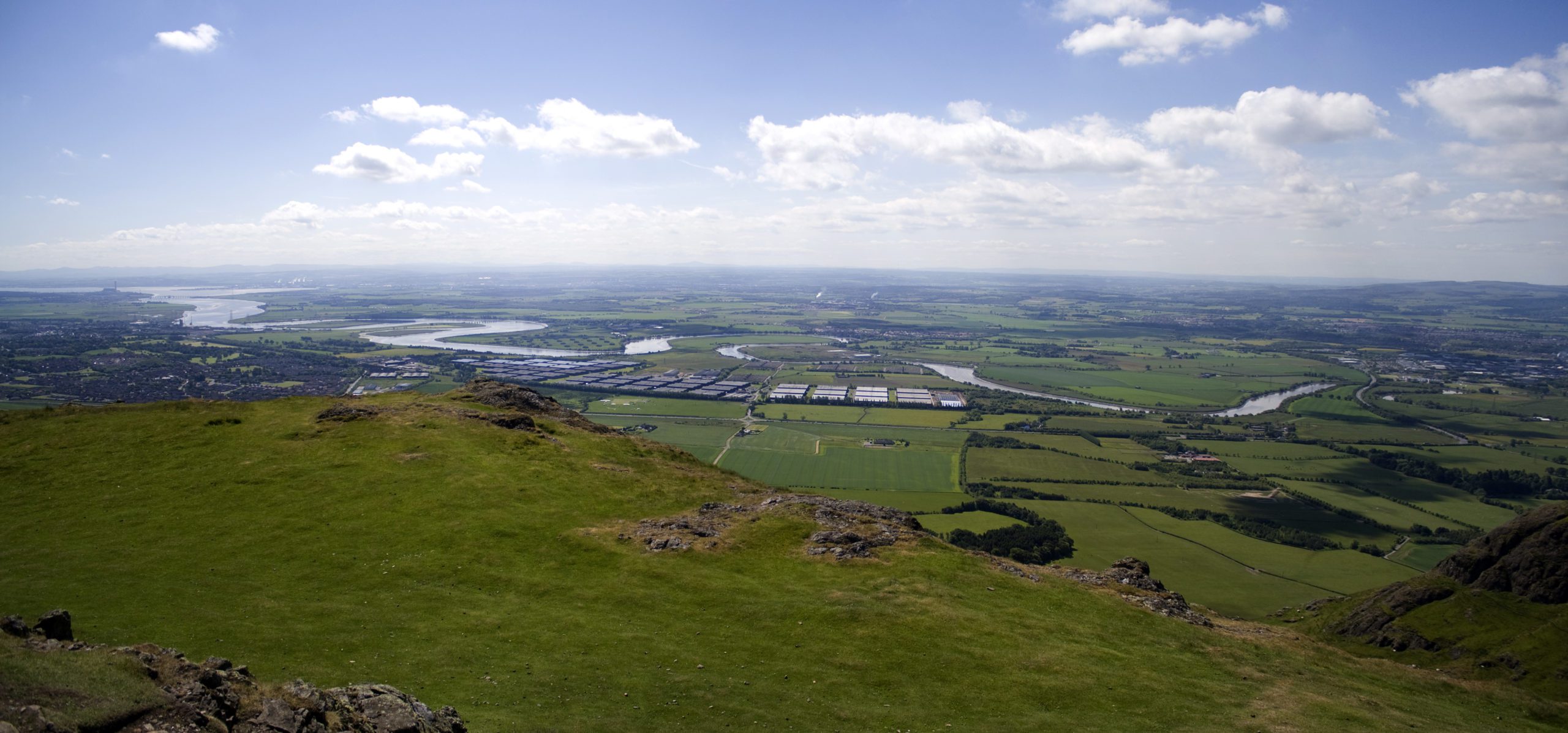
(Shutterstock)
A ‘pioneering’ project to turn the Forth Valley into a ‘living laboratory’ is to be launched to a global audience at COP26 today (November 9).
The Forth Environmental Resilience Array (Forth-ERA), by the University of Stirling, will use ‘state-of-the-art’ technology to monitor the Firth of Forth catchment area in real time.
Sensors, satellites, artificial intelligence and 5G will be used to collate environmental data which the learning institute said will help drive clean growth and support the region in its transition to net zero.
The data gathered will be made available to communities, agencies, businesses and organisations to aid decision making, create jobs and support new infrastructures required for a net zero economy.
Scotland Hydro Nation chair, Professor Andrew Tyler, of Scotland’s International Environment Centre at the University of Stirling, is leading the project. He said, “We are already feeling the effects of climate change through water, in flood and drought, but water offers solutions too, in resilience to extreme events, and in carbon capture and emissions reduction.
“Forth-ERA will provide a platform for green economic recovery by providing business, industry and regulators with access to live data, analytics, and dynamic monitoring capabilities, helping to inform agile decision making and an informed approach to cleaner, greener ways of working.
“Through driving business innovation and helping stakeholders to model the impact of climate change and foresee the consequences of interventions, Forth-ERA will help to put the environment the heart of decision making.”
Working alongside data platform 3DEO, BT supported the technical design and deployment of a test site in the first phase of the project. It involved sensors placed at seven sites in the River Leven catchment to establish the capabilities of real-time environmental data.
Alan Lees, BT’s enterprise business Scotland director, said, “BT is excited to be the technology partner in such an important initiative and to lead the deployment of this ‘digital fabric’ initiative. It uses technology to provide the insight to make environmental information available to individuals, businesses, communities and policy makers. With BT’s aim to connect for good, we’re proud to play a leading part in this project.”
The University of Stirling added that the technology can be applied in a ‘wide range’ of setting and sectors – with SEPA already working with the project team on ‘several’ uses, including the potential for the system to monitor and predict bathing water quality in real time, to establish early flood warning and monitoring.
Drinks giant Diageo is also working with Forth-ERA to monitor temperature and conductivity changes in the water around their Cameronbridge distillery, in Leven, Fife, to inform their operations and understand their local environment.
Environmental manager at Diageo, Lee Oliver, commented, “As a major employer in the area, with a reputation for pioneering sustainability best practice, Forth-ERA seemed like a good fit for us. Both our Cameronbridge distillery and Leven packaging plant are located within the Leven catchment, which drains directly into the Forth, so we have a responsibility to understand how we fit into the Forth ecosystem. We also believe in working with others to make sure we have a positive social and environmental impact.”








